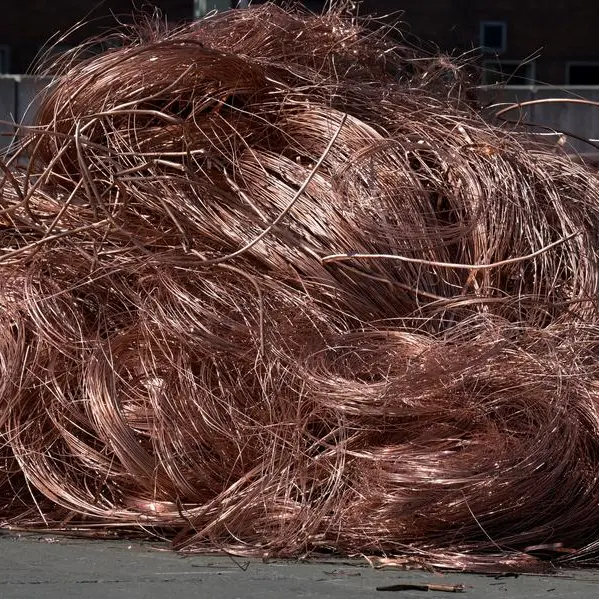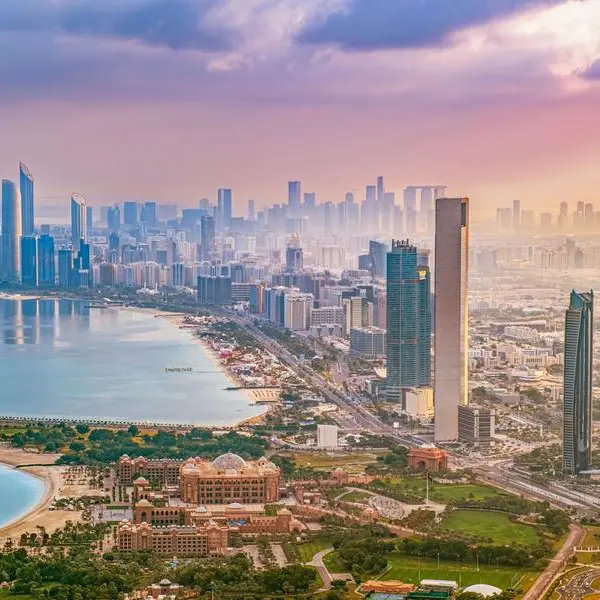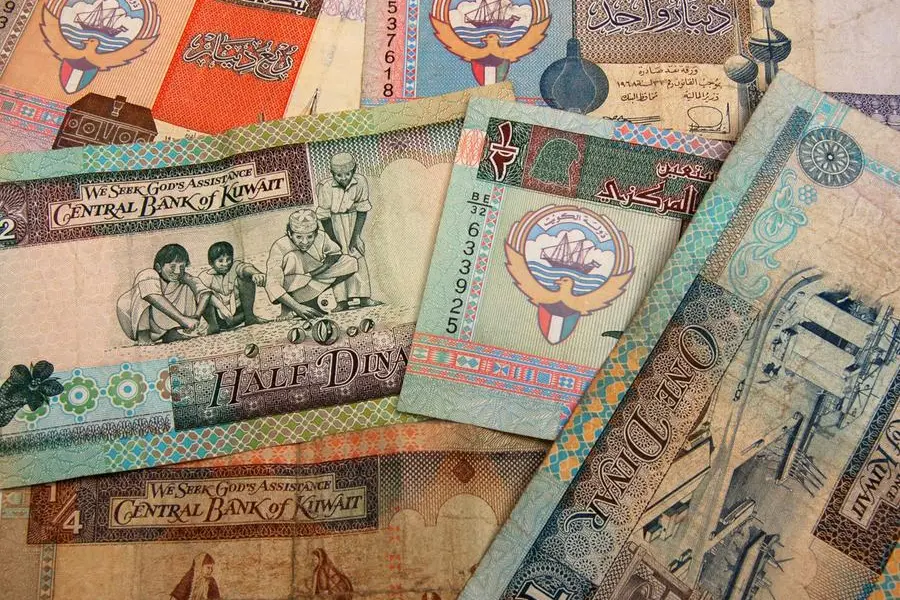Friday, Jan 20, 2006
Dubai: A 12-metre-long Baleen Whale was found dead on Al Mamzar beach with its belly ripped open yesterday.
Reda Al Salman, Head of the Environment Protection and Safety Section at the Dubai Municipality, said inspectors went to the site after 4pm. "It was difficult for us to identify the exact species of the whale because it was lying on its back, due to the weak lighting and because it carried severe cuts and injuries in the stomach and the mouth."
He said they are working on the logistics to remove the whale because the shamal wind and strong waves prevented them from doing so. "However, we will try to remove it from the land side on Saturday."
After seeing the photo of the whale, Dr Saif Al Ghais, Marine Biologist, UAE University, said it is a Baleen Whale that belongs to the Rorqual group and could be referred to as 'Bryde's Whale'.
"Such whales are more than 11 metres long, dark grey in colour and it is very normal to see them in this region during the winter season," he explained.
"I believe that it entered through the Strait of Hormuz. The average depth in the Arabian Gulf is 30-35 metres and this whale needs more than that depth to swim and survive. I feel it must have hit a sharp object, like a vessel's propeller, and died more than three days ago. The Shamal wind must have pushed it ashore," said Dr Al Ghais.
A resident, Douglas Reef who spotted the whale told Gulf News, "I saw the whale beached this afternoon when I went for a walk."
Omar, a UAE national student, told Gulf News that a group of Asian workers who were on the Corniche told him about the whale at around 1pm when it still had not reached the rocks.
Baleen whales: key facts
Spend summer in cold waters in high latitudes
Scientifically known as the Mysticeti, the Baleen Whales, also called Whalebone Whales or Great Whales, form a suborder of the order Cetacea.
The distinguishing feature between this suborder and the toothed whales is that Baleen Whales have baleen plates instead of teeth in the upper jaw, which enables them to filter food from water. Baleen Whales have two blowholes, causing a V-shaped blow. They swallow sea water containing crustaceans, then close their mouth and create internal pressure by raising their tongue toward the palate to push the water out through the 'comb' of baleen plates, trapping small ocean animals, especially krill and plankton, inside. Baleen Whales live in all oceans. All species travel seasonally. They spend the summer in cold waters in high latitudes, where they feed. In autumn they move to warmer waters to mate and give birth. Except in their feeding grounds, Baleen Whales eat little or fast for months. In spite of their enormous mass, Baleen Whales are able to leap completely out of the water. In contrast to toothed whales, Baleen Whales are unlikely to echo-locate. Instead they are able to produce sounds in the infrasonic range of high volume.
Source: www.wikipedia.com
Gulf News 2006. All rights reserved.




















